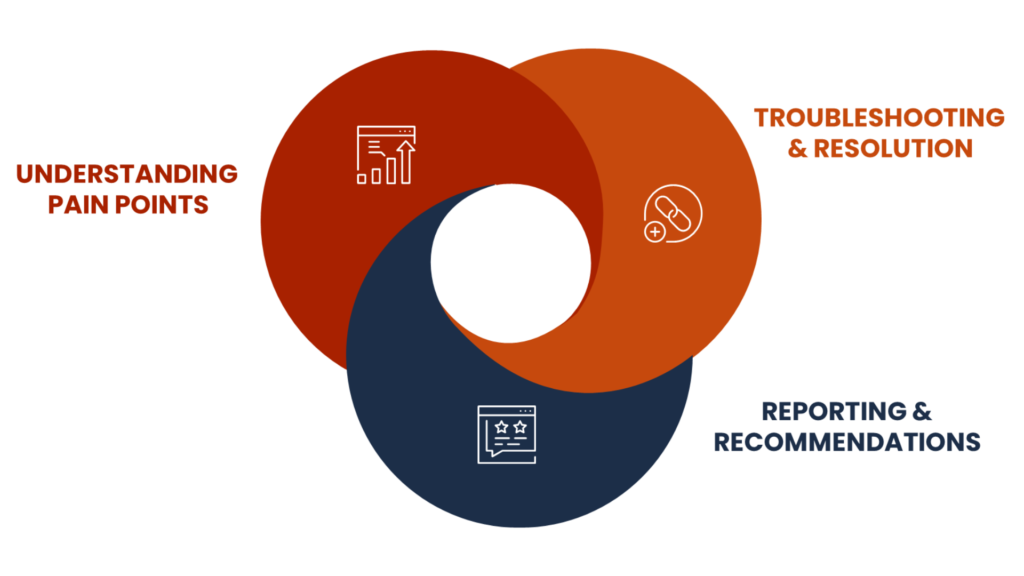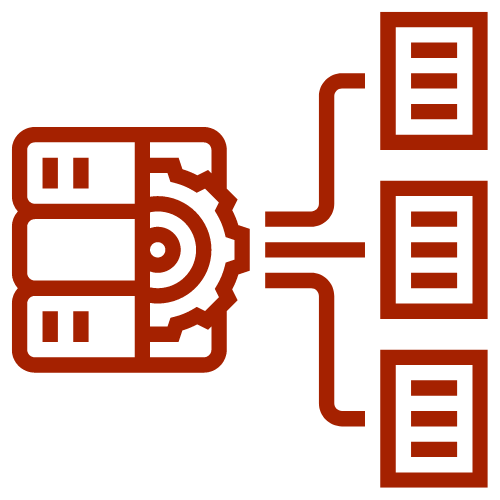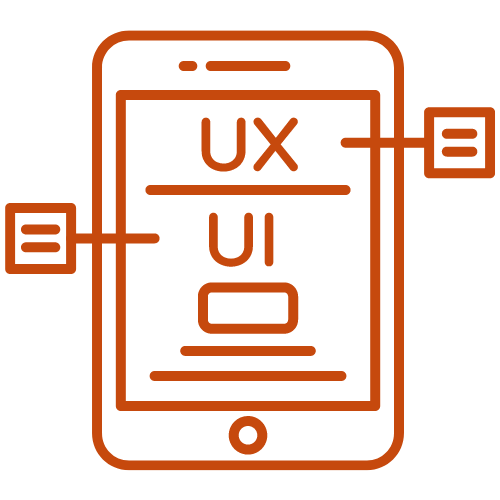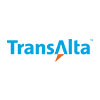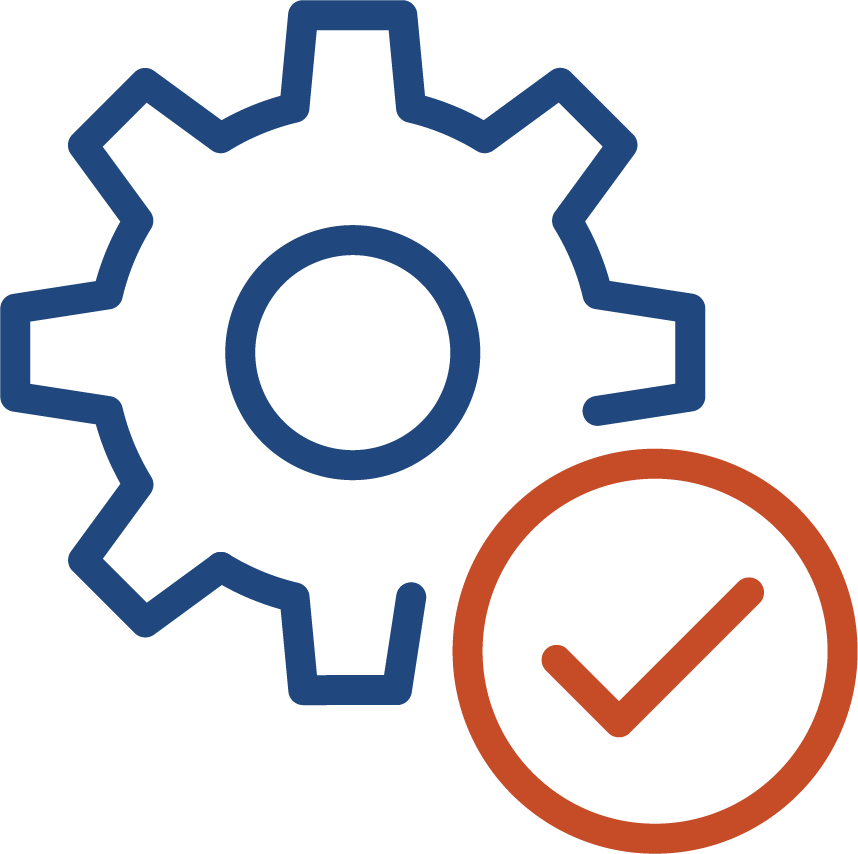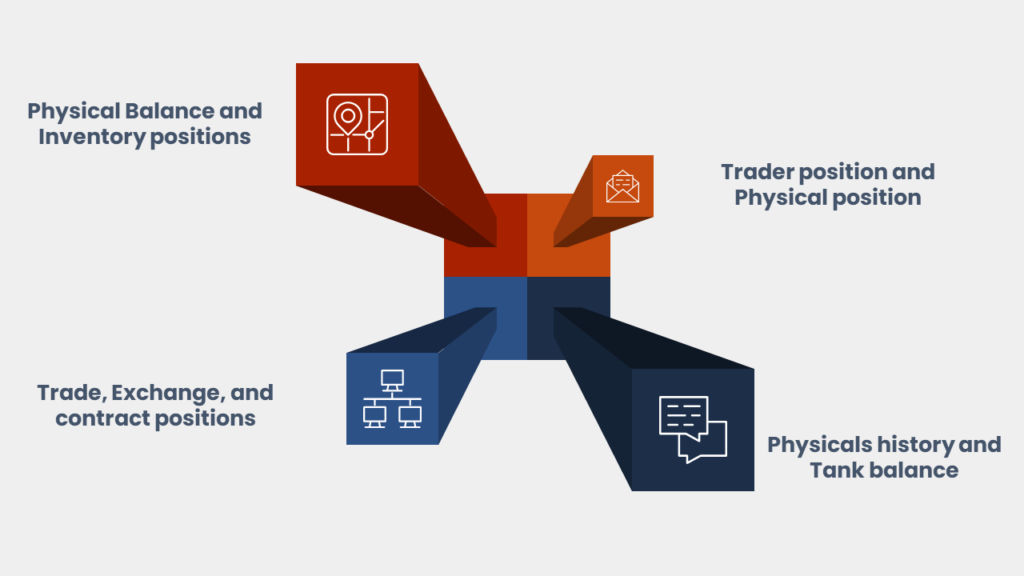Nowadays, for business and IT pioneers, the event of an extraordinary framework implementation like another ERP, CTRM, or other enterprise solution might be the rare opportunity to step back, look at the innovation, technology landscaping, and, possibly take new steps in building a new architecture. Is the IT department wanting to advance in a cloud or digital native direction in terms of application strategy? Is the basic postmodern ERP approach that tries to use broad API-based integration among the reasons fabricated, leading tools? This kind of task can give the impulse and resources to digitalize the process.
We know that you or the vendors need high-level details while implementing CTRM software, but most of the times stake holders are not really ready to disclose those details. That’s where vendors try to lock the projects in the design phase to fix the design. So, once the design is fixed, you cannot make any changes because they will be building the data warehouse based on the fixed design.
What we understood is that you’re not ready to give them all the details. Since it will change constantly – Application Management – Strategy Management & Application performance management – is about change. Along these lines, don’t go into this trap of agreeing “I locked the designing phase of the project, I locked the planning stage,” since, in such a case that you do that, they will give a change request constantly, for each time you are changing the scope.








